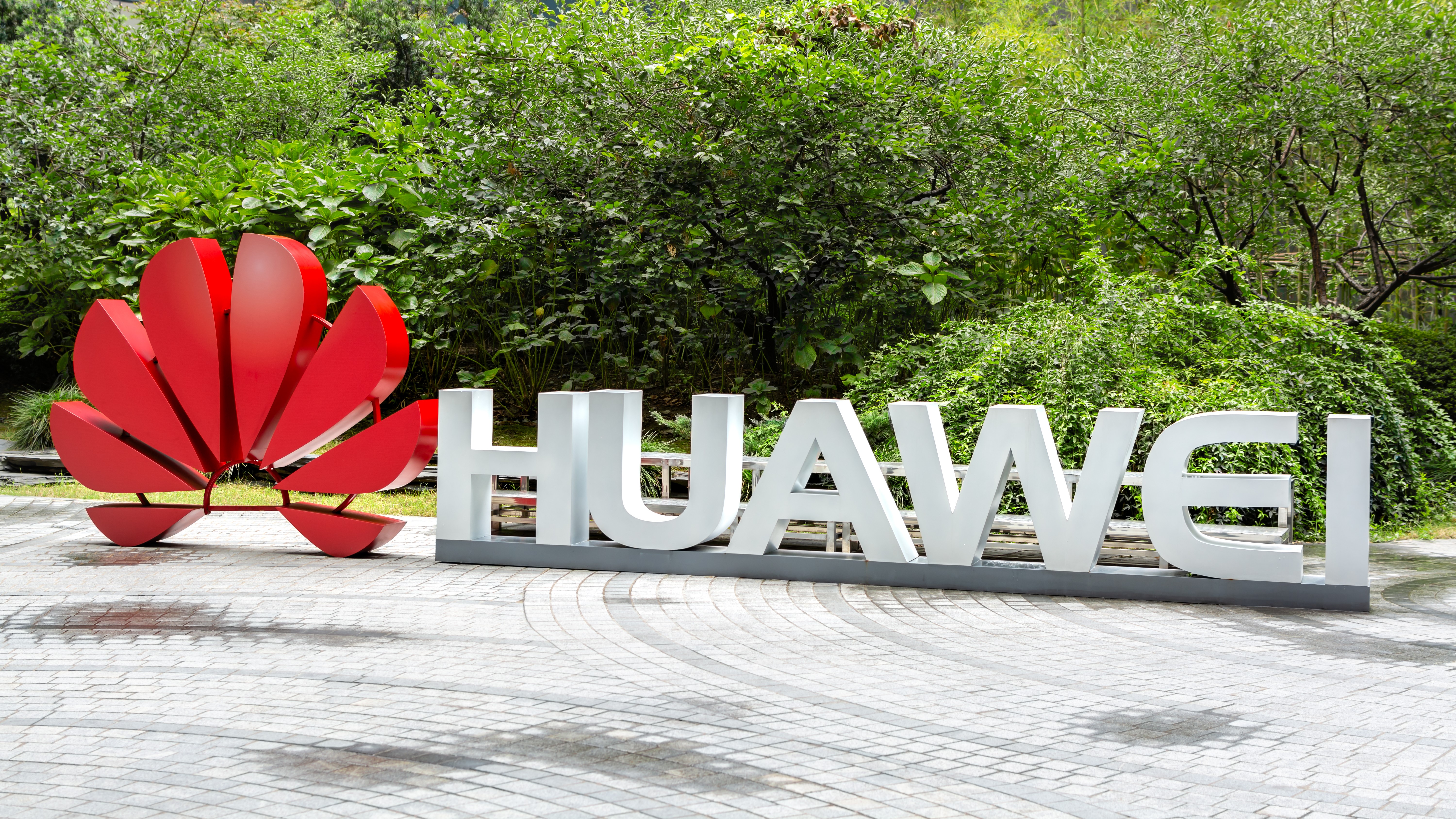
According to industry analysts, Huawei is expected to release a PC version of its HarmonyOS Next operating system before the end of the year. Huawei's developer website is seeing a growth in images featuring HarmonyOS running on PC, as spotted by X (formerly Twitter) user and HarmonyOS developer jasonwill101 on X.
HarmonyOS is Huawei's operating system for its phones and tablets. It was created in 2019 after heavy U.S. sanctions forced Huawei out of the United States and blocked its access to the Android operating system. HarmonyOS is based heavily on the open-source version of Android (AOSP) but was far enough away for Huawei to be able to continue producing its high-end smartphones.
HarmonyOS Next, on the other hand, is an Android-free variant of HarmonyOS. The new operating system doesn't use AOSP libraries, can't run .apk files, and is a significant step towards complete independence from US-based software for the vendor. HarmonyOS Next is not currently shipping with Huawei products but is available as a developer sandbox to develop and test apps for native HarmonyOS use. HarmonyOS Next hasn't yet arrived on PC, but recent leaks suggest it soon will, paving the way for a new Chinese homegrown desktop OS.
Images of HarmonyOS Next for PC suggest an operating system taking design cues from MacOS. The system has a familiar status bar and dock bar combo on the top and bottom. The fullscreen/minimize/close buttons live on the right-hand side of programs, mirroring MacOS's traffic light system.

Huawei's recent strategy for HarmonyOS has publicly been phones-first. With HarmonyOS being open-source, much like Android, widespread adoption across the Chinese market and beyond outside of Huawei phones is possible and a big goal for Huawei. HarmonyOS already makes up 16% of the Chinese phone market, which is expected to grow in the coming years.
While Huawei may want to focus development efforts on HarmonyOS towards phones, Chinese governments, local and national, have other plans. The regional government of Shenzhen, the metropolis that links Hong Kong to the Chinese mainland, recently began the 'Shenzhen Action Plan for Supporting the Development of Native HarmonyOS Open Source Applications in 2024.' The action plan includes ways Shenzhen seeks to boost HarmonyOS adoption and development, with a significant goal of Shenzhen accounting for 10% of the HarmonyOS products in China by the end of 2024.
Huawei and local governments like Shenzhen are heavily funding HarmonyOS development, with an optimistic three million jobs being sought to be created in HarmonyOS app development. China's national government's Document 79 wants all of its state-wide institutions to be rid of Western tech by 2027, and a robust HarmonyOS on PC would fill this need nicely. Of course, HarmonyOS is far from the only domestic operating system fighting for first place in China; new competitors like openKylin have begun making waves with native LLM support.







